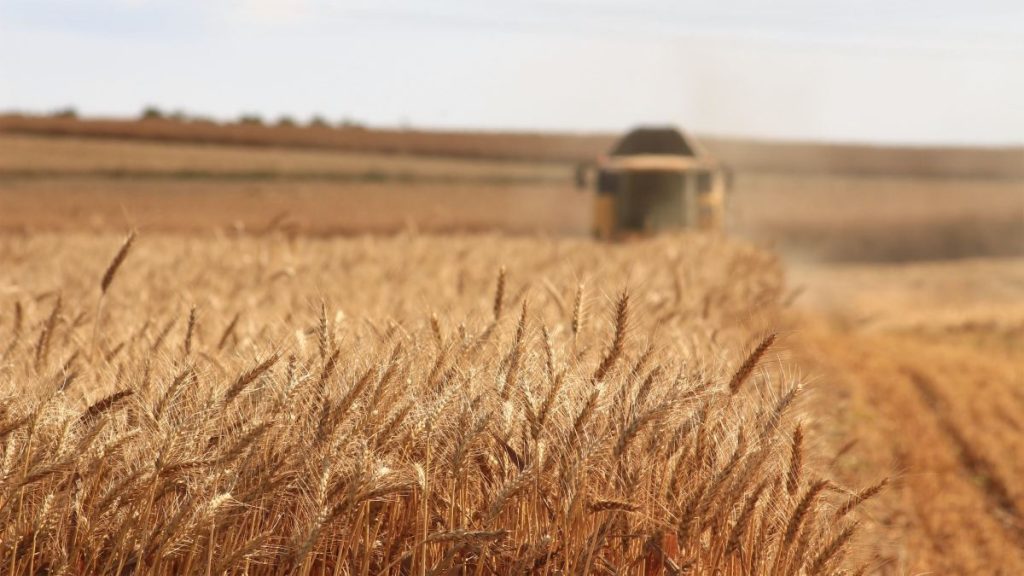New data reveals new ‘Brexit benefit’ farming policy is only rewarding wealthier cereal farms – Inside track
4 min read
Today’s release of farm income data has a hidden surprise: the government’s new farming policy is failing to invest in the uplands. Instead, the money spent under the new suite of Environmental Land Management schemes (ELM) is going to already profitable cereal farms. This has consequences for both farm incomes and nature: upland farms are rich in natural capital and most suited to diversifying into managing land for environmental purposes.
This, in brief, is the situation with farm incomes. The income of cereal farms, which are generally profitable from food production alone, have increased in the past year by a quarter, to £150,000 per year. Income from ELM has doubled in just the last year.
In contrast, grazing farms in the uplands have nearly halved their income to £25,400. Income from ELM over the past year rose by just four per cent. Therefore, ELM is significantly increasing the incomes of affluent farmers, while not supporting those on low incomes.
Of course, ELM isn’t designed to guarantee farm incomes. It is a transaction where farmers are paid for the public goods they provide, at least in theory. It could be that upland farmers don’t have the public goods to sell, so low incomes are an unfortunate consequence of moving to a payment for public goods scheme. In fact, the reverse is true.
ELM should give upland farms a decent income
Our new report shows that ELM, done well, could give grazing farms better and more stable incomes. Paying for public goods, for example by creating woodland, could double upland farmers’ incomes.
But the government’s current version of ELM is not allowing this to happen. The Department for Environment, Food and Rural Affairs (Defra) has restricted access to the schemes within ELM that give these farms the opportunity to deliver more nature and climate mitigation on a substantial scale, and therefore earn a good income from it. Most applicants to the Landscape Recovery scheme under ELM last year were rejected. This year only two more applicants will be allowed in than last year. Landscape Recovery was meant to receive a third of the £2.4 billion budget, but last year spend was just £1 million, ie one 250th of the total budget. This doesn’t work for farmers that need support through this scheme to have a profitable business, and it doesn’t work for nature. Recent data shows many of the species that would benefit from landscape recovery continue to decline; notably woodland birds of which there are 25 per cent fewer than when the Conservatives took office in 2010.
At the same time, one in five applicants to the Higher Tier of ELM’s Countryside Stewardship scheme were rejected this year. This allows for more ambitious habitat creation than the Mid Tier level, and contributes more to farm incomes in return for greater environmental benefits. But Defra has put in place capacity limits, blocking farms not well suited to making a living on food production from a viable future.
Our analysis shows that cereal and cropping farms profitable from food production alone do well out of the small scale environmental actions that ELM’s Sustainable Farming Incentive scheme (SFI) supports. This is the scheme that Defra have made easiest to join. In its current form, it’s inconceivable that SFI could make up the income gap for upland farms: the actions for which it pays are small scale, as are its associated payments. Viability in the uplands requires larger payments for larger environmental gains.
Two actions could fix the problemDefra can start by scaling up the capacity of the Landscape Recovery and Higher Tier Countryside Stewardship Schemes and restoring the original promise to split the total budget equally between the three ELM schemes: Landscape Recovery, Countryside Stewardship and the Sustainable Farming Incentive. Grazing farms can have a profitable future, but not only under the Sustainable Farming Incentive.
Defra could also change ELM payment rates, which aren’t set according to outcomes. This is a violation of the principle that public money should pay for public goods. Instead, the current model is to pay for income forgone plus costs. As a result, payments are higher for those actions typically applied to cereal farms, which are more profitable, regardless of the environmental benefit. For example, protecting in-field trees on arable land is paid at £475 per hectare, whilst exactly the same action on grassland is paid at £260 per hectare. Paying for outcomes, rather than income forgone, would increase grazing farm incomes.
Grazing farms are in trouble, and nature is still in decline. A faster acting and more ambitious ELM that mostly invests in areas of the country making the least from food production, but which have greatest scope to deliver climate mitigation and nature restoration, could turn the fortunes of both around.
Our report Farming for the future highlights how ELM could work better for farmers as well as nature and climate.
Photo credit: meriç tuna on Unsplash





